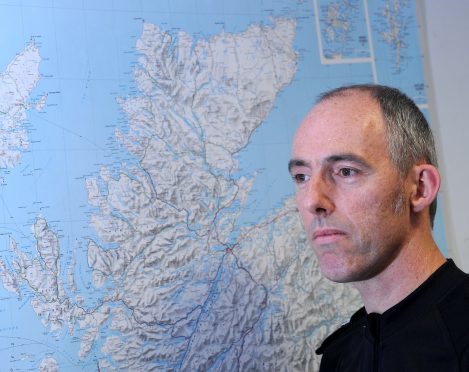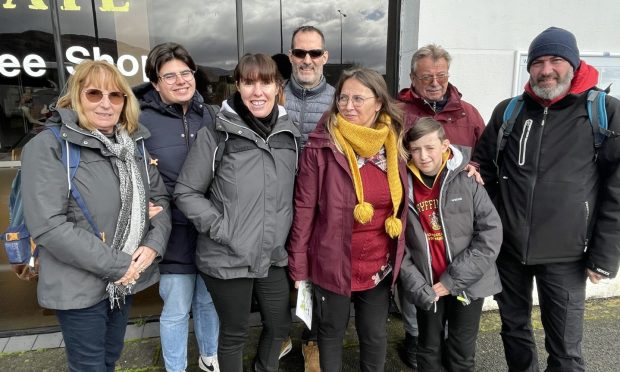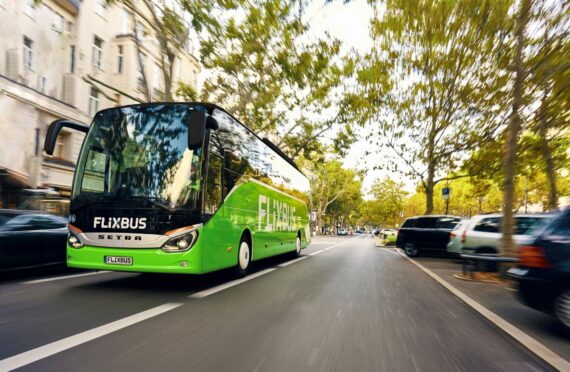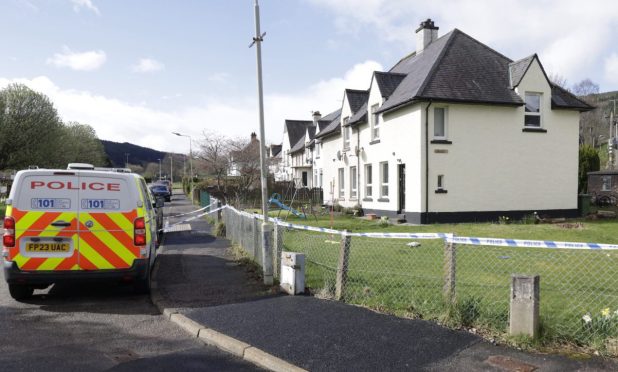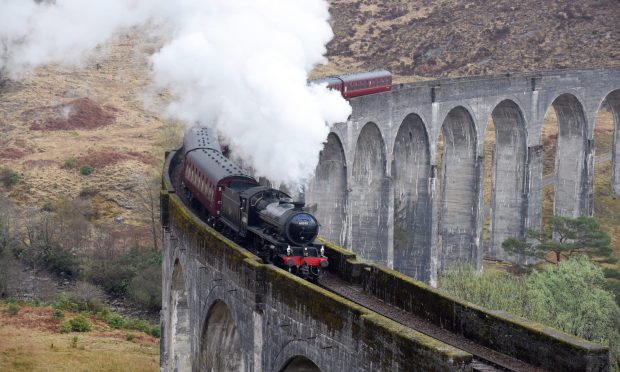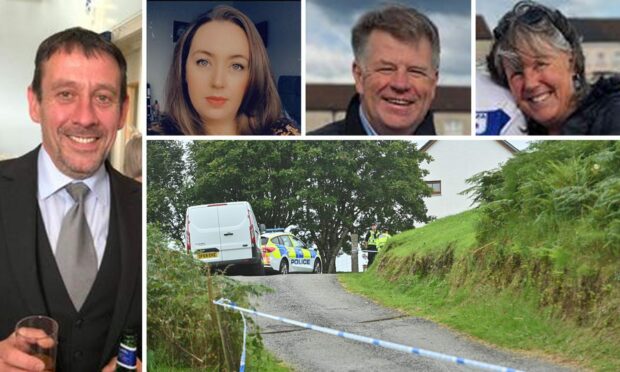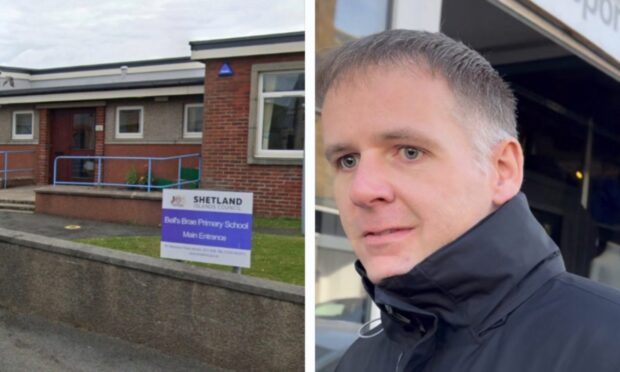A major new road safety strategy for the Highlands and islands is being drawn up by police to cope with the soaring number of motorists using the North Coast 500.
The region’s new police chief, George Macdonald, revealed that the force was preparing to launch the “pan-Highland road safety plan” in the spring.
Traffic on key Highland roads has more than doubled in recent years and the trend is set to continue as a result of the burgeoning popularity of the North Coast 500 driving route, dubbed Scotland’s answer to “Route 66”.
In the first year after its launch in 2015, studies have shown the 516-mile loop around the region has attracted an extra 29,000 visitors to the Highlands and injected £9million into the local economy.
But safety concerns have also been raised as result of the influx of motorists, particularly on the route’s single-track roads.
Speaking in his first newspaper interview since being appointed divisional commander for the Highlands and islands in June, Chief Superintendent MacDonald said the force was taking action to address the fears.
He explained: “Road safety for me is a massive issue and we’re already working together to put in place a really strong plan for the Highlands and islands on how we collectively deal with road safety issues.
“There are massive issues across the Highlands, massive commercial situations with tourism, with the North Coast 500, which is the same to an extent, and we’ve got a plethora of motorcycle events across the Highlands and islands.
“There’s the massive draw of the Highlands and islands, there has been for a number of years, and that’s going to continue with the publicity around about some of these things.
“I think it’s a positive. The Highlands is a fantastic place to live, it’s a fantastic place to come and see, bringing commerce and tourists to the area is a great thing.
“But what we need to do is make sure we’ve got a road safety plan, or a strategy, which actually supports what we’re trying to do.”
Mr MacDonald, a 43-year-old Highlander who rose through the police ranks in the north-east before succeeding Philip MacRae in the top post in June, also highlighted motorcycle events such as Aviemore’s Thunder in the Glens and Simmer Dim in Shetland.
He added: “We have to make sure the economic side of the business, the infrastructure side of the business, links in with the road safety side of the business, and they are actually all joined up.
“We’ve had some initial discussions and our hope is we’re going to develop a pan-Highland road safety plan, that we will deliver at the start of next year, which takes in all these types of factors.
“The number one concern for the majority of our communities is driver behaviour, excessive speed, and road traffic issues. We need to have a really good plan for how we deal with that at a local, at a middle level and a strategic level across the agencies.
“The current position is the number of deaths on the roads is lower than it has been in previous years, but one life lost in the roads is one too many for me.”
